- DREAMHOLIDA LIMITED 14 SEDDON STREET MANCHESTER M12 4GP
- Working Day : Monday - Firday (9AM - 5PM)
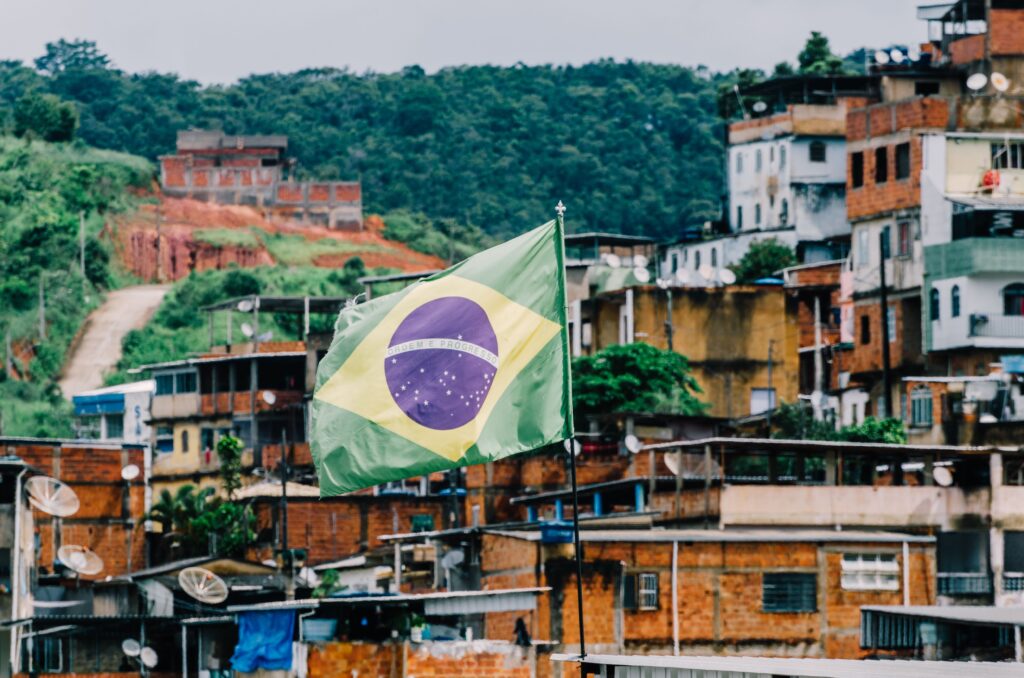
Brazil
Brazil, officially known as the Federative Republic of Brazil, is the largest country in both South America and Latin America. It shares borders with all South American countries except Chile and Ecuador. The country’s rich cultural diversity stems from a blend of indigenous, African, European, and Asian influences, creating a vibrant mix of customs, music, and cuisine. Brazil’s natural beauty includes landmarks like the Amazon Rainforest, the Pantanal Wetlands, and the breathtaking Iguazu Falls, along with famous beaches like Rio de Janeiro’s Ipanema and Copacabana.
Brazilian cuisine is flavorful and varied, with the hearty feijoada—a pork and black bean stew—being one of the most celebrated dishes. Brazil is also a soccer powerhouse, home to legendary players like Pelé and Ronaldo. With its captivating history, diverse geography, and cultural legacy, Brazil offers endless opportunities for exploration.
When planning a trip to Brazil, consider the country’s diverse climates and landscapes. Whether trekking through the rainforest, swimming along scenic coastlines, or joining lively Carnival celebrations, prepare for a range of adventures. Engaging with Brazil’s music, dance, and art is a great way to immerse yourself in local customs, while visiting iconic sites like Rio’s Christ the Redeemer or the colonial town of Ouro Preto provides insight into Brazil’s rich history and architecture.
Weather
Brazil’s vast size and varied terrain create a diverse climate across the country. Most regions generally experience a tropical climate with high temperatures and humidity, but conditions vary significantly by area. In the Amazon Rainforest, temperatures and humidity remain high year-round, with abundant rainfall. Coastal areas, such as Rio de Janeiro and Salvador, enjoy warm temperatures with occasional rain showers. Southern regions like São Paulo and Curitiba have a subtropical climate with more defined seasons, including mild winters. Before your trip, it’s wise to check the specific climate patterns of the Brazilian destination you plan to visit.

Food and Culture
Brazilian cuisine is a vibrant mix of flavors and traditions that reflects the country’s diverse cultural heritage. From the iconic feijoada, a hearty black bean stew with various meats, to the popular coxinha, a savory snack filled with shredded chicken, Brazilian food offers a unique culinary experience.
Desserts like brigadeiro—a rich treat made with chocolate and condensed milk—are beloved by many, while coastal dishes like moqueca, a fish stew with coconut milk and spices, capture the essence of Brazil’s coastal flavors. Pão de queijo, the delightful cheesy bread balls, and a variety of tropical fruits like mango and açaí, add even more layers to this culinary tapestry. Experiencing Brazilian cuisine is truly a sensory delight, offering a memorable journey of flavors.
Brazilian culture is a rich blend of European, African, Asian, and Indigenous influences. Known for lively dance styles like samba, forró, and bossa nova, Brazilian music pulses with rhythm and captures the spirit of the nation’s diversity. The official language, Portuguese, plays a central role in shaping Brazil’s cultural identity, with many religious customs and national celebrations reflecting its varied heritage. Brazilian art and literature also have deep roots, adding to the country’s colorful cultural landscape.
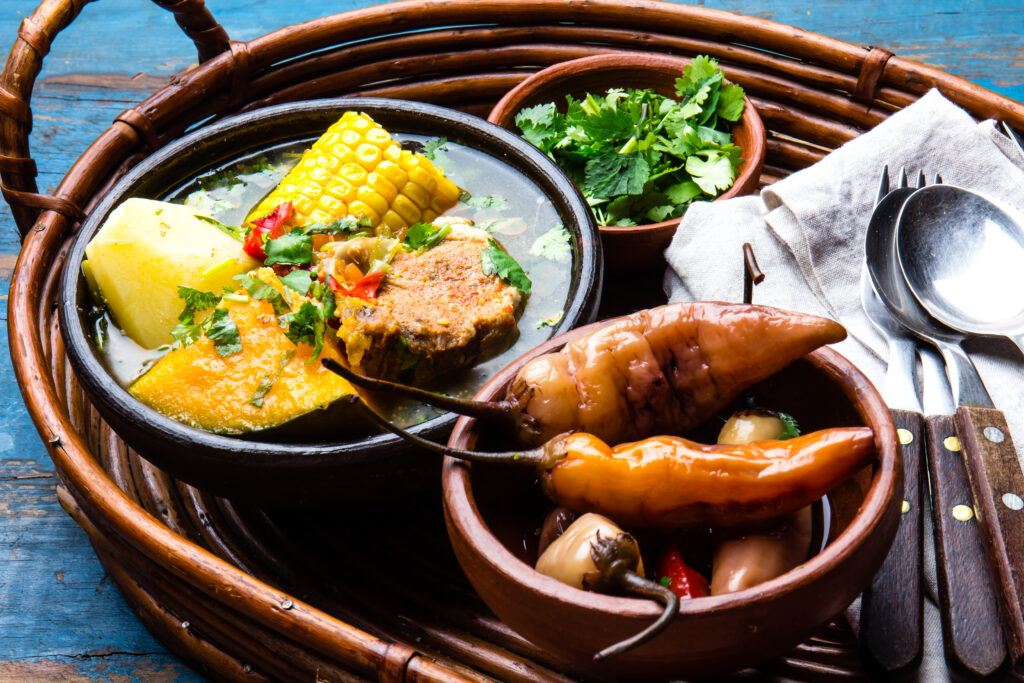
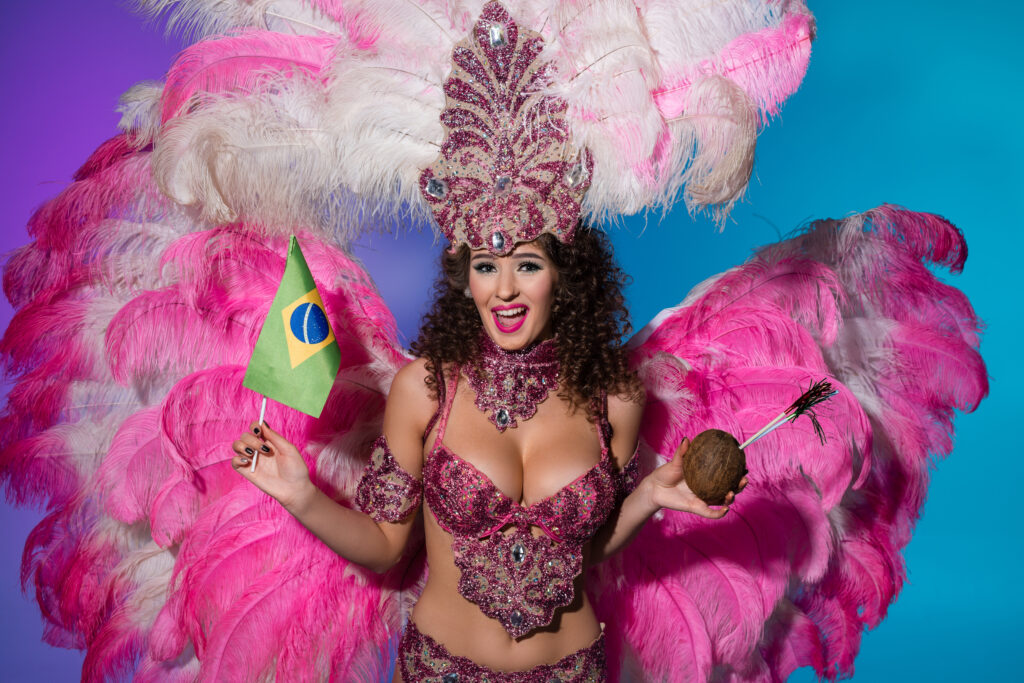
Major Cities
São Paulo:
São Paulo, one of Brazil’s largest and most populous cities, is celebrated for its vibrant economy, diverse population, and rich cultural scene. As a major financial center, the city boasts a mix of communities and cultures. Visitors can explore various attractions, including the Municipal Market, Ibirapuera Park, and the São Paulo Museum of Art (MASP). São Paulo is also famous for its bustling food and nightlife, offering a dynamic experience that combines industrial strength with a flourishing cultural atmosphere.

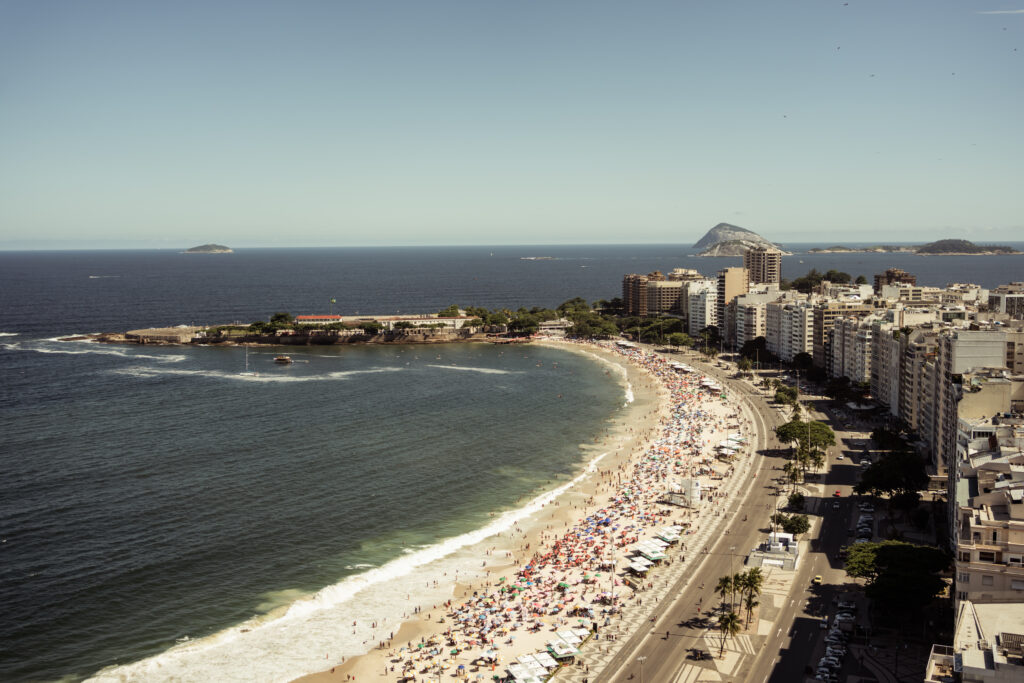
Rio de Janeiro:
Rio de Janeiro is another iconic city in Brazil, celebrated for its breathtaking natural scenery and vibrant cultural heritage. Located on the southeast coast of the country, Rio is famous for its beautiful beaches, including the renowned Copacabana and Ipanema. In addition to its stunning landscapes, the city offers a variety of attractions, such as the colorful Selarón Steps, the historic Maracanã Stadium, and the charming Santa Teresa neighborhood. The rich cultural tapestry of Rio reflects the influences of Portuguese, African, and indigenous cultures.
Brasília:
Brazil’s capital, Brasília, is renowned for its modernist urban design and architecture. Designed by architects Lúcio Costa and Oscar Niemeyer in the 1950s, the city’s layout resembles an airplane or bird when viewed from above. Significant landmarks like the Three Powers Plaza, which houses the Presidential Palace, National Congress, and Supreme Federal Court, underscore the city’s political importance.
In 1987, Brasília was designated as a UNESCO World Heritage Site, highlighting its architectural significance. The city boasts a diverse economy, efficient transportation infrastructure, and serves as Brazil’s political center, making it an intriguing destination for visitors. Brasília also hosts a wide array of cultural events that celebrate the country’s vibrant arts scene, including theater performances, dance shows, and music festivals. The diverse cultures and artistic expressions present in the city contribute to its unique identity as a vibrant cultural hub in the heart of Brazil.
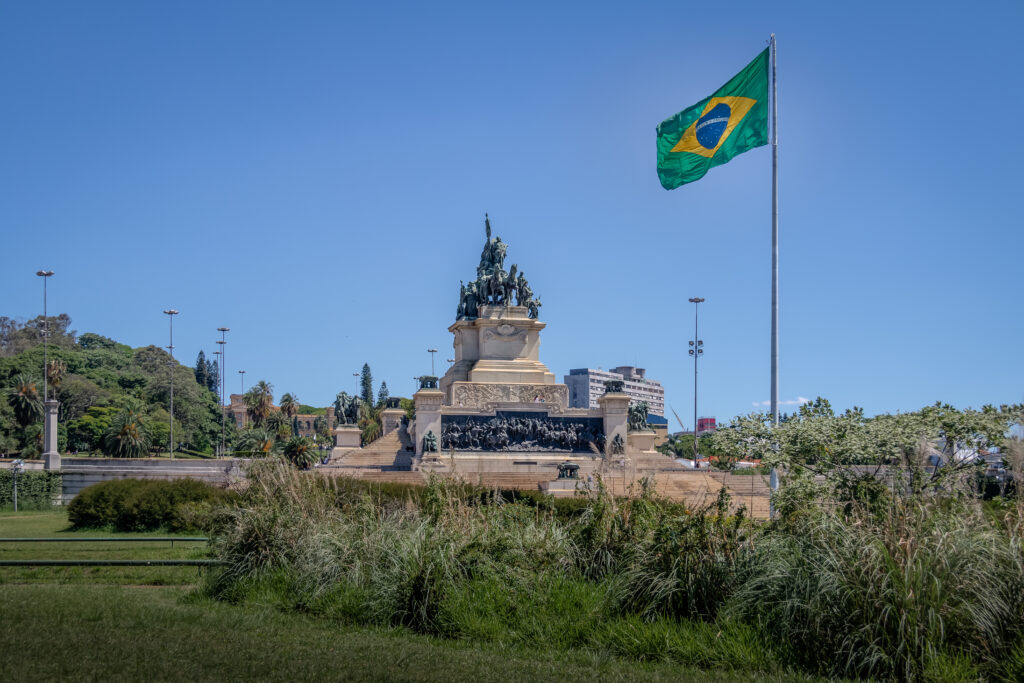

Salvador:
Brazil’s capital, Brasília, is renowned for its modernist urban design and architecture. Designed by architects Lúcio Costa and Oscar Niemeyer in the 1950s, the city’s layout resembles an airplane or bird when viewed from above. Significant landmarks like the Three Powers Plaza, which houses the Presidential Palace, National Congress, and Supreme Federal Court, underscore the city’s political importance.

